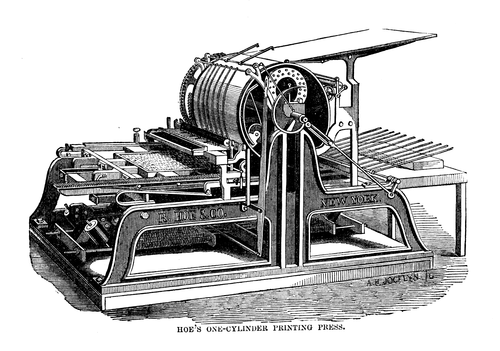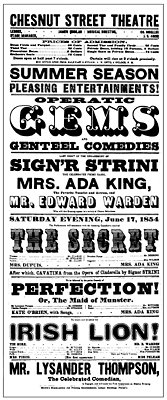The Steamy Engine
The industrial revolution hit Europe hard, and a heavy hitter known as James Watt put the ‘industrial’ in the revolution. He patented the steam engine in 1769. He also designed a new engine in 1776 “that exhausted the steam from cooling into a separate condenser where the vacuum now formed”(De La Pedraja, et al). Not having to cool or heat the cylinder saved fuel although it did call for a heavier machine. He pretty much pioneered the manufacturing of iron and steel and steam. And with the steam engine, anything was possible.

Ultimately, the Industrial Revolution and in particular the steam engine lead to the means of producing goods more quickly and efficiently and offered alternatives to human and animal power. Some people call it the age of mass consumption, but where would we be without the technological advancements of the engine. The industrial revolution raised the standard of living in almost every part of society. Though some people did become worse off due to the technological advancements because the machinery put a lot of people out of work. The machinery required fewer people to operate it and created more than ever could be done by humans, throwing lots of people into different fields and killing some craft.

Designers Gone Get That Design
An example of the efficiency of the new machinery that the steam engine kicked off was in printing technology. The steam press was invented in 1814 and it made 1,100 impressions in an hour and the cost was half.

Up until this revolution the only printing that was done was incredibly time-consuming and could only print 100 copies if that, and most of the time it still took human power to fill in the blanks. People were using etchings and engravings for illustrations in books, but there was nothing as sophisticated as the steam press.

Collection of Philip B. Meggshttps://www.britannica.com/art/graphic-design/Neoclassical-graphic-design
This invention quickly escalated design. Artists used to be the designers of the world. Creating these beautiful works of art, and now the common folk could. Regular people were hired on to create posters and prints to advertise the mass-produced goods that were being made. They had no artistic flare and actually thought that since it was so cheap to print that they may as well get as much writing done on the one poster as possible. This lead to really busy designs that people would read over, or not read at all. And thus the spiral effect of design continued- and different texts in different widths were used as headers or to grasp someone’s attention. Designers (common folk at that time) had to figure out what was the most important part of the poster.
Resources:
Bush, G., & BUSH, G. (2000). Advertising. In P. Finkelman (Ed.), Encyclopedia of the United States in the nineteenth century. Gale. Credo Reference: https://ezproxy.capilanou.ca/login?url=https://search.credoreference.com/content/entry/galeus/advertising/0?institutionId=6884
Science and technology. (2001). In P. N. Stearns, & W. L. Langer (Eds.), The encyclopedia of world history (6th ed.). Houghton Mifflin. Credo Reference: https://ezproxy.capilanou.ca/login?url=https://search.credoreference.com/content/entry/hmencyclwh/science_and_technology/0?institutionId=6884
Hills, R. L. (2000). Engines: steam. In A. Hessenbruch (Ed.), Reader’s guide to the history of science. Routledge. Credo Reference: https://ezproxy.capilanou.ca/login?url=https://search.credoreference.com/content/entry/routhistscience/engines_steam/0?institutionId=6884
De La Pedraja, R., & PEDRAJA, R. D. (2000). Steam power. In P. Finkelman (Ed.), Encyclopedia of the United States in the nineteenth century. Gale. Credo Reference: https://ezproxy.capilanou.ca/login?url=https://search.credoreference.com/content/entry/galeus/steam_power/0?institutionId=6884